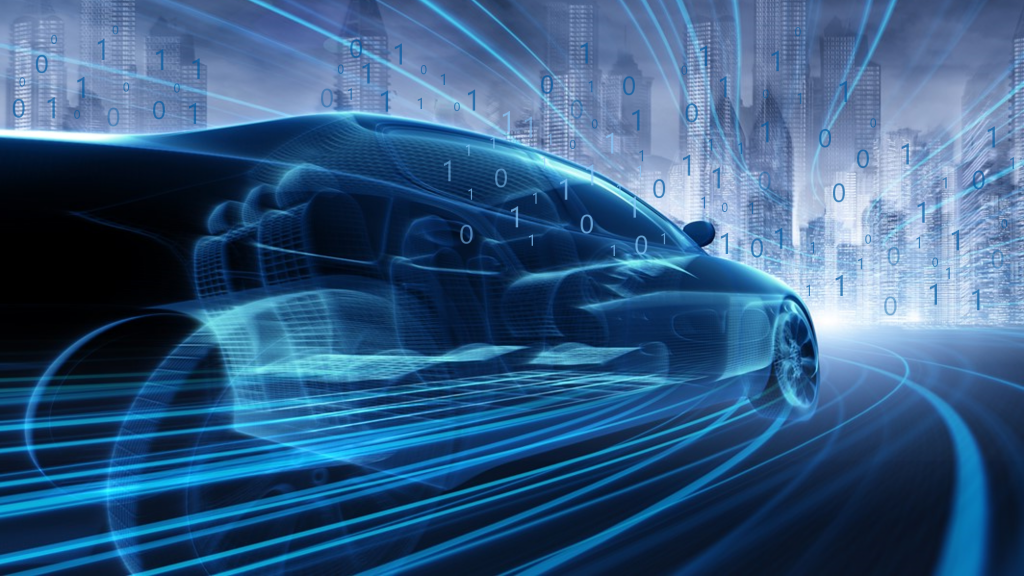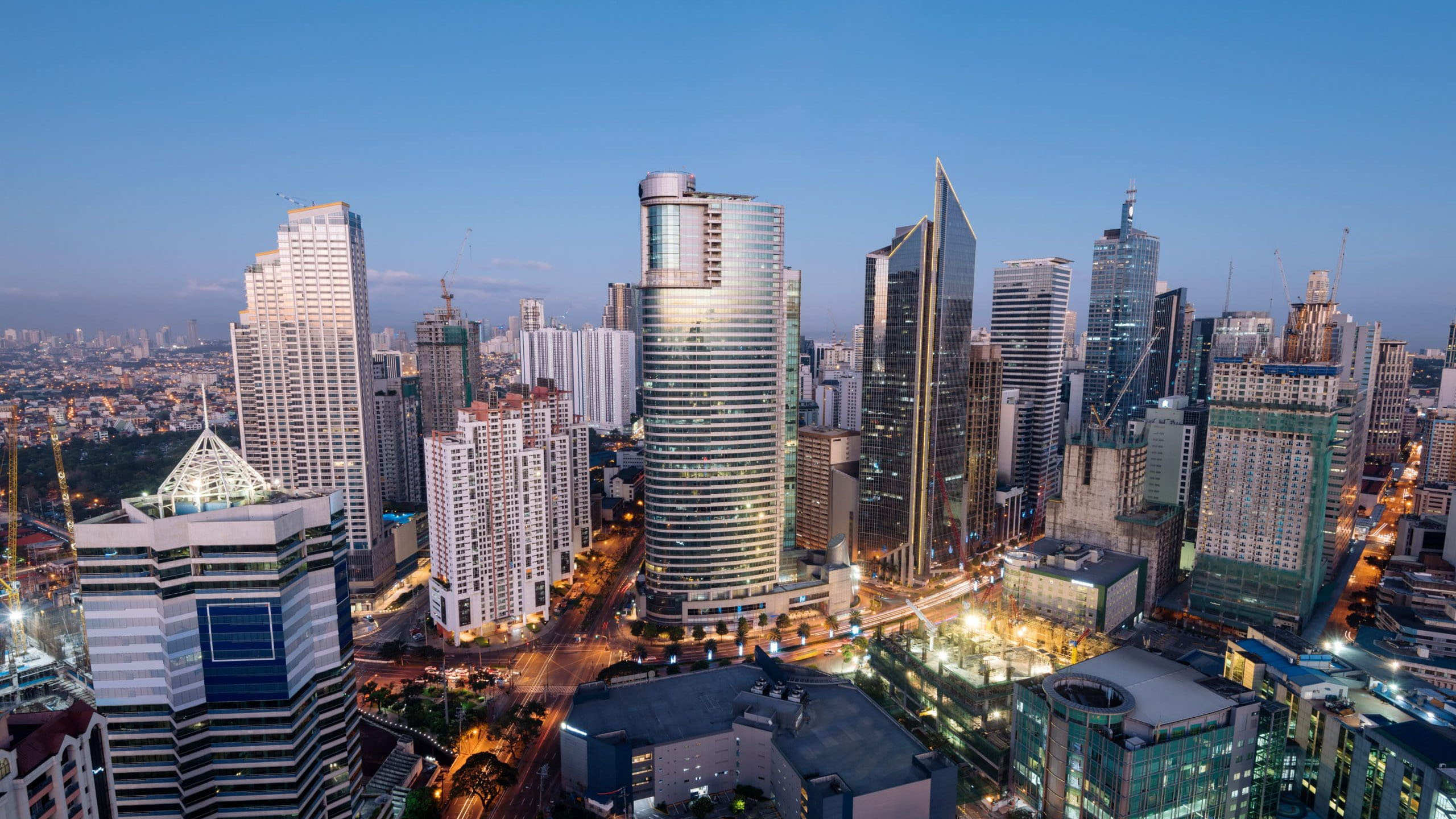The automotive and mobility sector in the Philippines is undergoing a major transformation. Driven by global megatrends such as electrification, digitalization, and urbanization, the local market is shifting toward smarter, cleaner, and more customer-centric solutions. For businesses and investors, understanding these trends is essential to capturing opportunities in this evolving landscape.
Here’s a deep dive into the key megatrends shaping the automotive and mobility industry in the Philippines—and what they mean for the future.
1. The Shift to Electric Vehicles (EVs)
With rising fuel prices, environmental concerns, and government incentives, the Philippine EV market is gaining momentum. The government’s Comprehensive Roadmap for the Electric Vehicle Industry (CREVI) sets clear goals for increasing EV adoption, especially in public transport and logistics.
Key Drivers:
- Reduced import duties and tax incentives for EVs
- Increasing availability of EV charging infrastructure
- Local production of e-jeepneys and e-trikes
2. Rise of Shared Mobility and Micro-Mobility Solutions
Urban congestion in Metro Manila and other cities has led to a boom in ride-hailing, car-sharing, and micro-mobility services like e-scooters and bikes. Companies are increasingly focused on last-mile connectivity and sustainable urban transportation.
What’s Trending:
- Expansion of platforms like Grab, JoyRide, and Move It
- E-bike and scooter rental startups targeting urban centers
- Partnerships with LGUs for smart mobility pilot programs
3. Smart Cities and Connected Mobility
The push for smart city development—with Metro Manila, Cebu, and Davao at the forefront—is driving demand for connected vehicles, traffic management systems, and data-driven urban mobility solutions. IoT, AI, and big data are being deployed to optimize everything from fleet management to traffic flow.
Key Trends:
- Smart parking, traffic signal systems, and vehicle tracking
- Use of AI and GPS for logistics and delivery
- Government collaborations with tech firms for smart infrastructure
4. Digital Retail and Mobility-as-a-Service (MaaS)
The way consumers purchase vehicles and access transport services is changing. Online platforms for car buying, digital insurance, vehicle financing, and subscription-based services are becoming the new norm.
Emerging Innovations:
- Virtual showrooms and e-commerce platforms for vehicles
- On-demand mobility apps combining various transport modes
- Vehicle-as-a-subscription services gaining ground in metro areas
5. Policy and Infrastructure Support
The Philippine government is actively supporting the modernization of the transport sector through initiatives like the Public Utility Vehicle Modernization Program (PUVMP), CREVI, and public-private partnerships for infrastructure and mobility tech.
Support Measures Include:
- Funding for EV fleets and modernized transport units
- Building EV charging stations across major cities
- Streamlining vehicle registration for electric and hybrid models
Opportunities for Investors and Innovators
From manufacturing and mobility tech to financing and logistics, there are countless opportunities to tap into the Philippine automotive and mobility market. Key sectors of interest include:
- EV assembly and battery supply chains
- Fleet electrification and fleet management tech
- Urban mobility planning and data analytics
- Subscription and MaaS platforms
Conclusion: The Road Ahead
The Philippine automotive and mobility industry is rapidly aligning with global trends. Businesses that act early and align with government goals will find a competitive edge in this high-growth market.
At Philippine Hub Partners, we help international and local players navigate this evolving space—whether you’re investing, expanding, or innovating in mobility.Contact us today to explore partnerships, policy navigation, and entry strategies into the Philippines’ future-ready mobility ecosystem.








